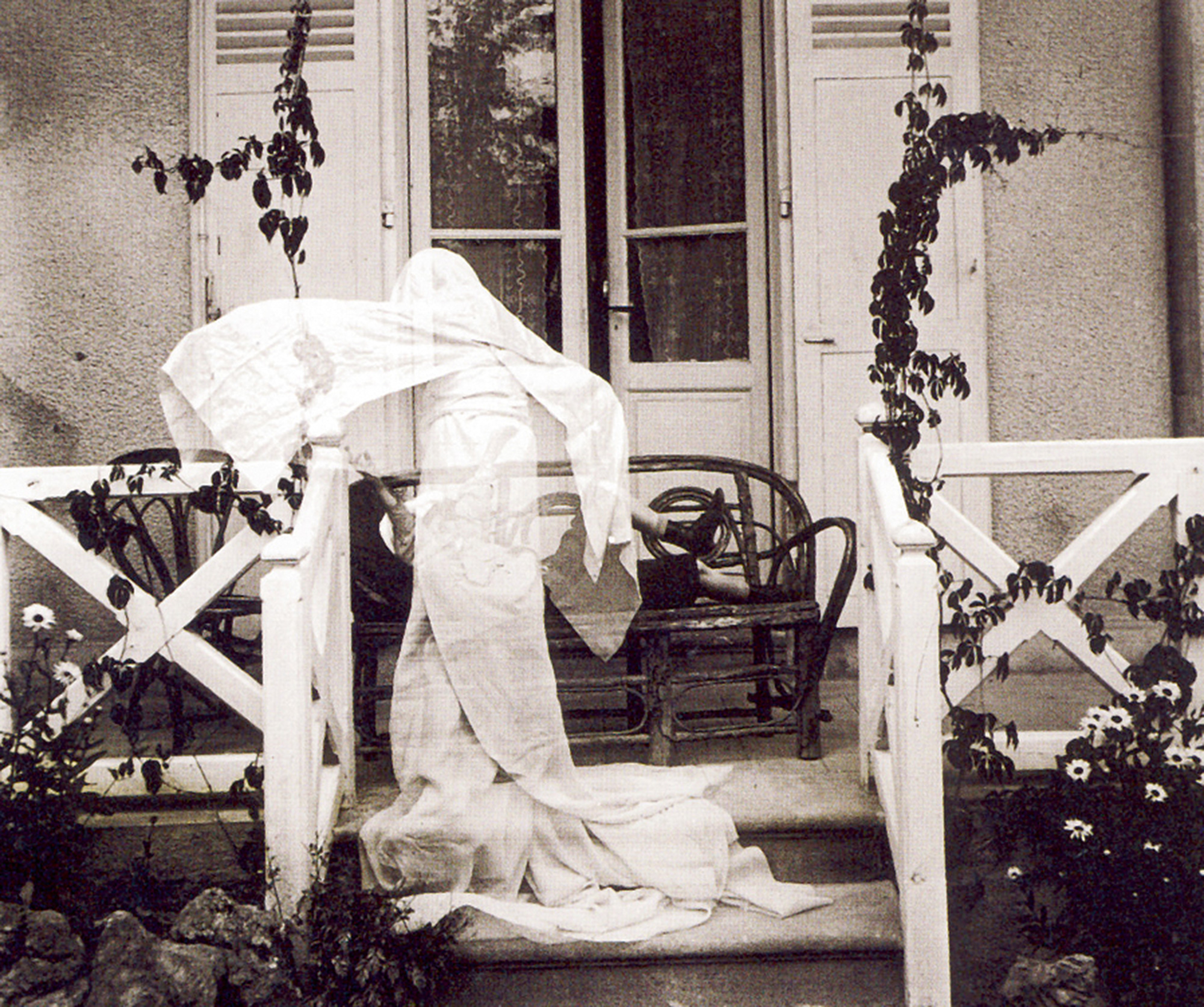Lighter than Air: An Interview with Carol Mavor
The ambiguity of the Edwardian boy
Brian Dillon and Carol Mavor
If the Victorian period is stereotypically the era of a certain culturally privileged girlishness (as in the books and photographs of Lewis Carroll, or the pedagogic imagination of John Ruskin), it seems that in the Edwardian decades the figure of the boy—and with it a particular understanding of “boyishness”—comes to the fore in (especially) English art and literature. The boy in this case is not the waiflike object of pathos or comedy that one discovers, for example, in the novels of Charles Dickens, nor the feral monster of later narratives such as William Golding’s Lord of the Flies (not to mention the irremediably evil and sinister boy who is at present, in the wake of prominent cases of killing or torture by young children, such a cultural standby in the mainstream media of the United Kingdom). The Edwardian boy is, rather, a sexually ambiguous figure whose prime relationships are with time—he is already a nostalgic, perhaps even stalled in a perpetually boyish present—and with his mother.
Carol Mavor is professor of art history and visual studies at the University of Manchester, and the author of Becoming: The Photographs of Clementina, Viscountess, Hawarden (1999) and Pleasures Taken: Performance of Sexuality and Loss in Victorian Photographs (1995). Her book Reading Boyishly (2007) is a study of boyishness in the lives and works of Roland Barthes, J. M. Barrie, Jacques Henri Lartigue, Marcel Proust, and D. W. Winnicott. Brian Dillon spoke to her in London.

Cabinet: Can you say how and why you came to focus on the concept and experience of boyishness, and what it has meant in the historical span that your book covers?
Carol Mavor: Girls and their sexuality have preoccupied my mind for a long time, especially Lewis Carroll’s photography and his Alice books. But always lurking in the background were boys, above all Peter Pan. Just as Carroll took photographs of the real Alice and other girls, Barrie took photographs of the real Peter and his band of brothers, the other four Llewelyn Davies boys. (He had first met the family in 1897 while walking in Kensington Gardens.) And just as Carroll made Alice Liddell a handwritten, illustrated book for Christmas entitled Alice’s Adventures Underground (which would become Alice in Wonderland), Barrie made a little photo album book of his playtime adventures with the Llewelyn Davies boys in 1901 entitled The Boy Castaways, which was the seed of Peter Pan. He gave the family one of the two copies, which was curiously lost on a train by Mr. Llewelyn Davies. And like Alice Liddell, but even more so, Peter Llewelyn Davies did not appreciate being the name behind the boy, what he referred to as the “perennially juvenile lead.” In his words, Peter Pan was “that terrible masterpiece.”